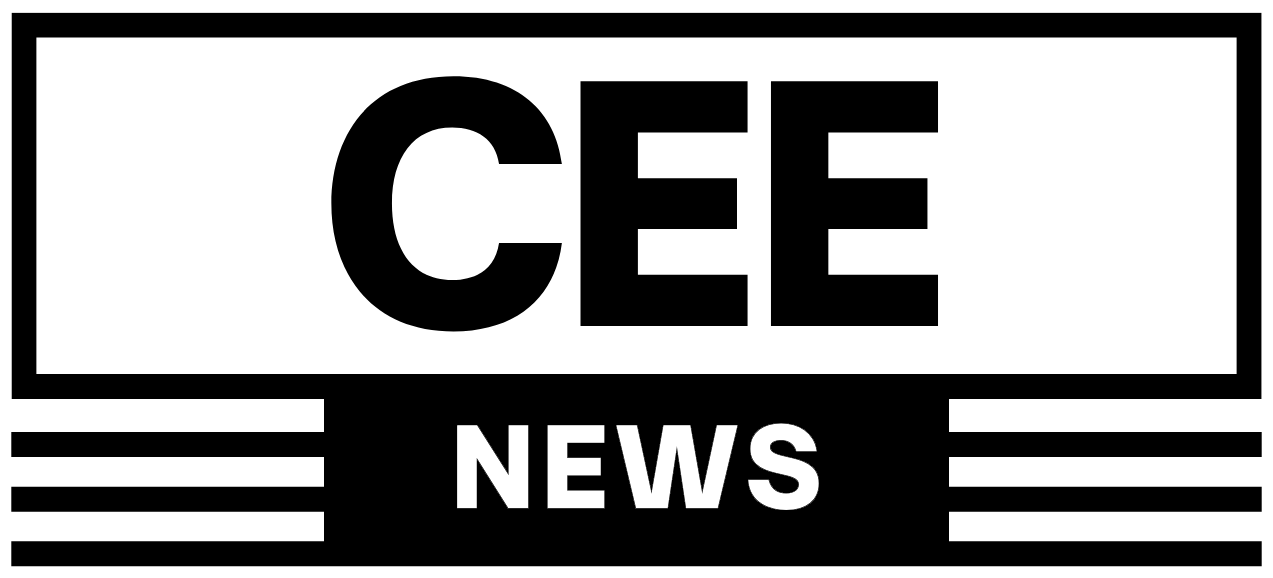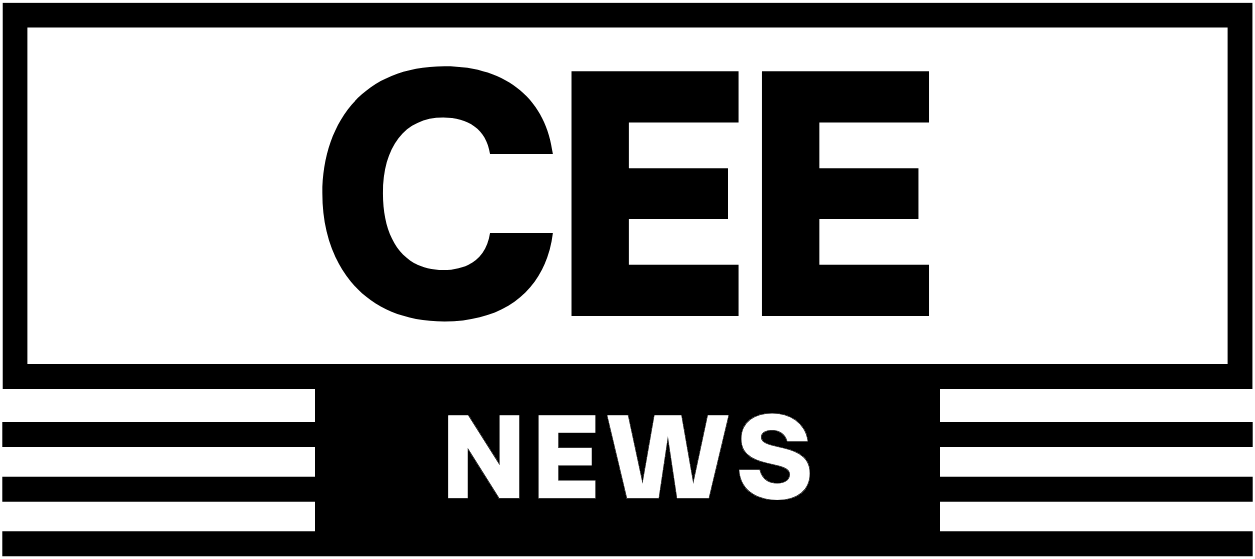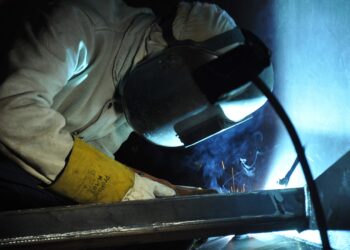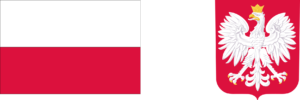Serbia is in the grip of its most turbulent street unrest in years, with nightly demonstrations and running clashes between protesters, police and pro-government groups flaring across multiple cities since mid-August. What began nine months ago as a student-led movement after the fatal collapse of the Novi Sad railway-station canopy has morphed into a nationwide challenge to President Aleksandar Vučić’s rule, focused on demands for snap elections, accountability for alleged corruption and curbs on police violence. In recent days, riot police have used tear gas and stun devices to clear central boulevards, while counter-demonstrators loyal to the ruling Serbian Progressive Party (SNS) have confronted marchers near party offices, turning several rallies into street melees.
The trigger for this latest surge came on August 13–16, when protests in Belgrade, Novi Sad and the northern town of Vrbas escalated sharply. Reuters and local outlets documented SNS offices damaged in Serbia’s north and heavy police deployments that sealed off parts of Novi Sad’s center; Associated Press and The Guardian reported repeated volleys of tear gas in downtown Belgrade as officers tried to separate rival groups. Authorities said dozens were arrested and injured; Interior Minister Ivica Dačić cited at least 47 arrests and more than 100 injuries in one night, figures protesters dispute as undercounts.
Rights organizations have condemned the state response. Amnesty International urged an immediate end to unlawful force and independent investigations into beatings and arbitrary detentions, echoing concern voiced by Europe’s top human-rights officials in July. Media-freedom groups say attacks on journalists have reached unprecedented levels during the unrest, with reporters injured while covering clashes. The European Union, Serbia’s key economic partner and enlargement interlocutor, has called for restraint, protection of fundamental rights and an end to any escalation, as its diplomats press Belgrade to move forward on electoral and media reforms.
The government rejects accusations of repression and portrays the movement as increasingly radical. In a letter published Wednesday, Vučić said the authorities had pursued dialogue in good faith, that the protests had splintered into smaller confrontational actions, and that demands for early elections were illegitimate so soon after the 2023 vote. In a separate interview this week, he reiterated offers for a public debate but ruled out changing the electoral calendar. Critics counter that offers of dialogue ring hollow without credible investigations into police conduct and a clear path to free-and-fair polls.
Beneath the nightly standoffs lies a deeper legitimacy crisis. The November 2024 station-canopy collapse in Novi Sad, which killed 16 people, became a symbol of perceived graft and impunity in public works; as the anniversary approaches, families of victims and student leaders have fused accountability demands with broader calls for rule-of-law reforms. Analysts warn that Serbia’s polarized media ecosystem—and the emergence of organized counter-protests—has created a combustible feedback loop in which each new scuffle is weaponized to justify either harsher policing or harder-line tactics by the streets. With tourism season winding down and the political calendar quiet before autumn, both sides appear locked in for a prolonged test of wills.
What happens next will hinge on three fronts: whether prosecutors open visible cases against officers and civilians implicated in abuse; whether parliament advances an agreed package on election oversight and media pluralism; and whether protest organizers can maintain large, peaceful turnouts without ceding space to provocateurs. The EU’s bandwidth—and patience—are finite, but officials have signaled that Serbia’s accession track depends on de-escalation and concrete democratic guarantees. For now, the country’s streets remain the stage on which those guarantees—or their absence—are being tested.






